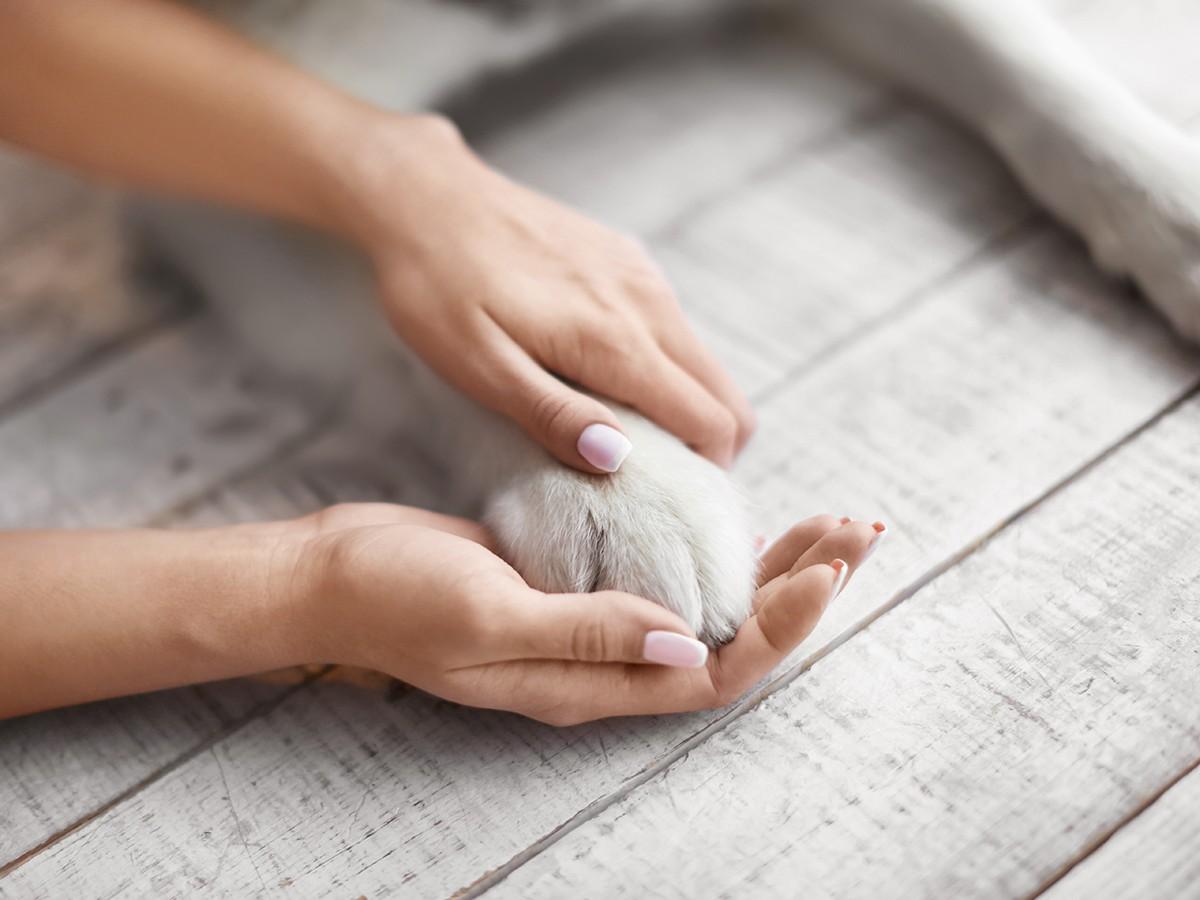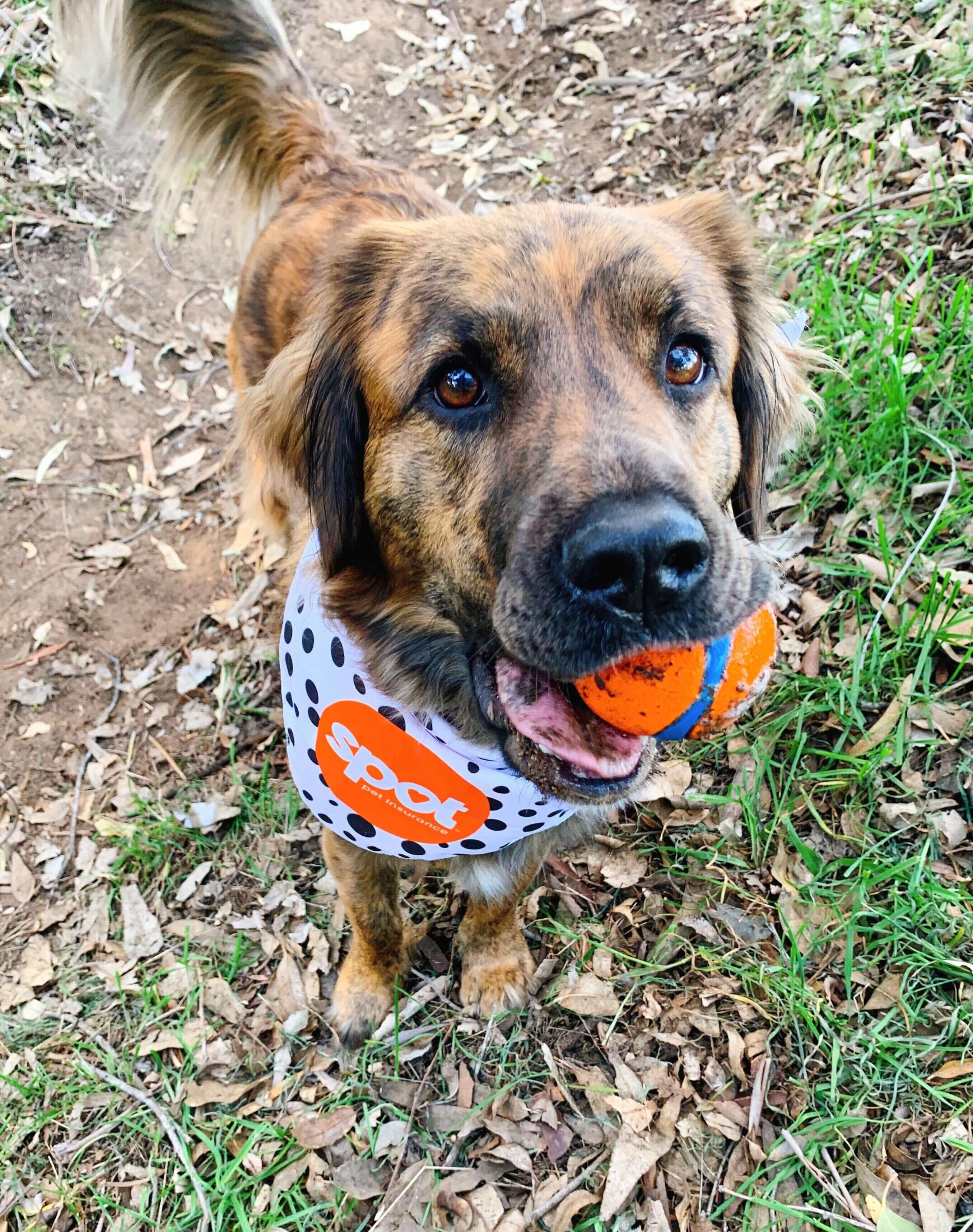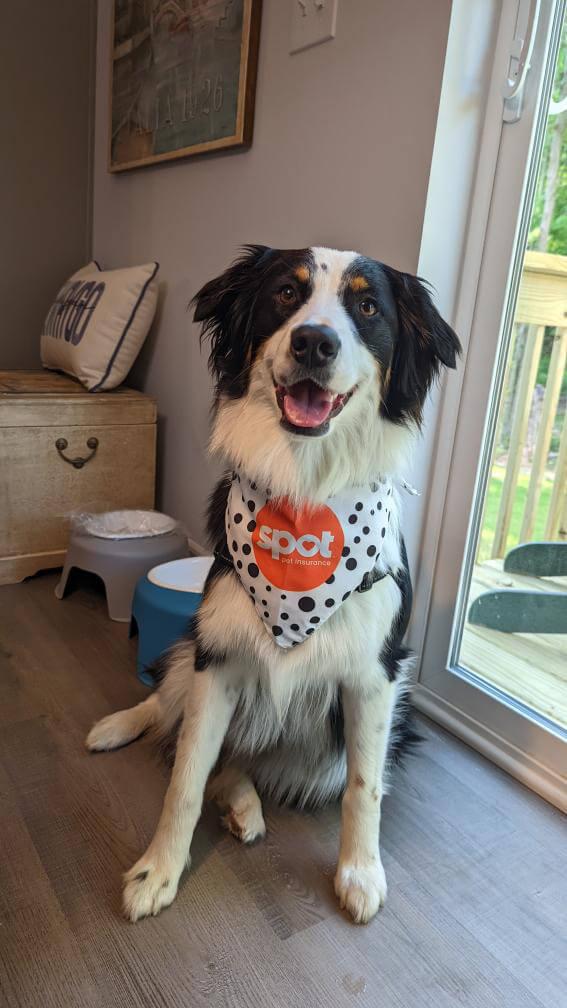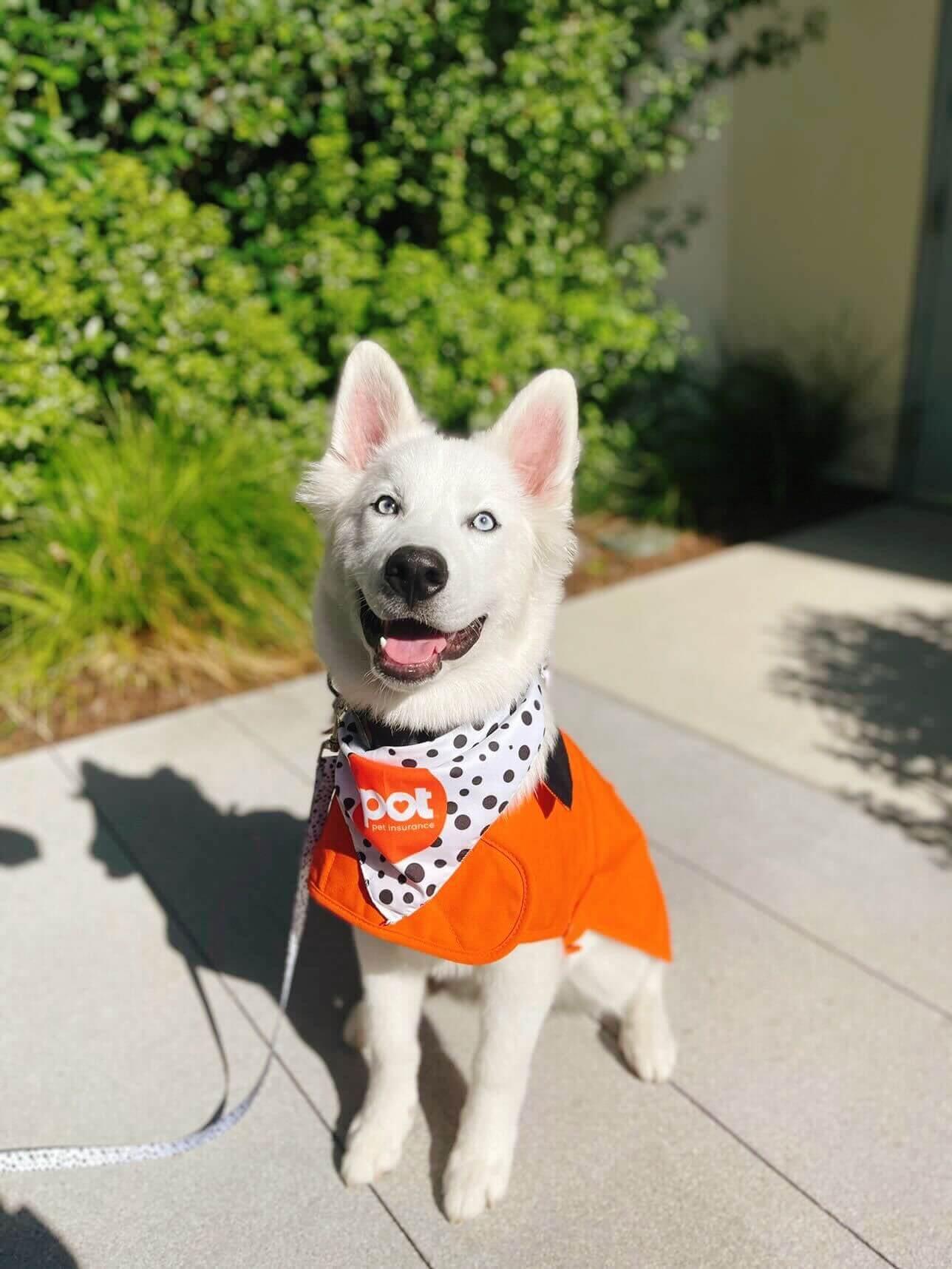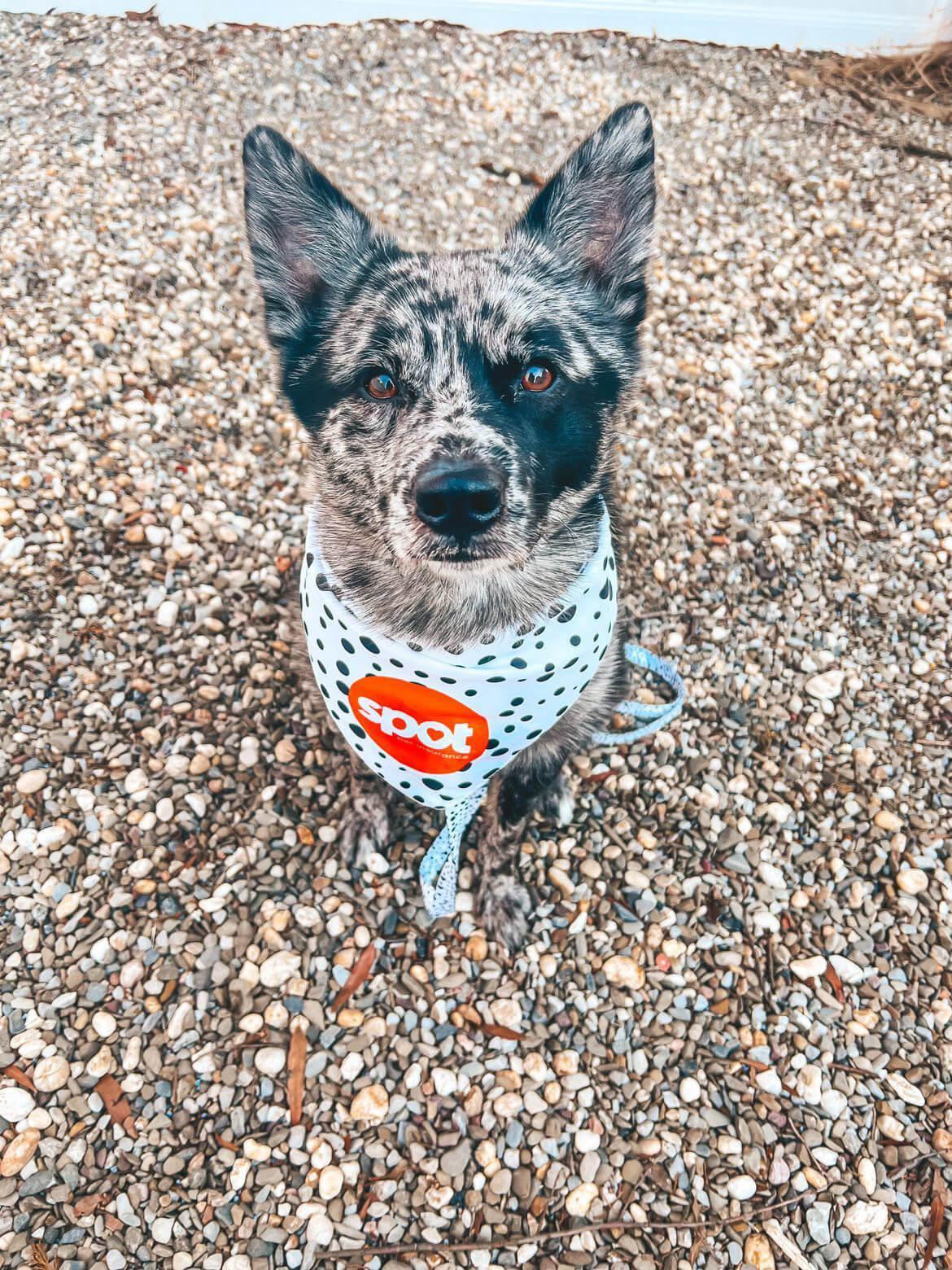Yeast infections in dogs’ paws are a common health issue that can leave your pup itchy, uncomfortable, and restless. Because these infections often look like other paw problems, it’s important for pet parents to know what to watch for and how to respond. This guide breaks down the symptoms, causes, treatments, and prevention tips for yeast infections in dogs’ paws.
What Are Yeast Infections in Dogs?
A yeast infection occurs when yeast, a type of fungus naturally found on the skin, grows out of balance. The most common culprit is Malassezia, which thrives in warm, moist environments. Since a dog’s paws often come into contact with dirt, water, and allergens, they can be especially vulnerable to yeast overgrowth.
Symptoms of Yeast Infections in Dogs’ Paws
Yeast infections can make your dog noticeably uncomfortable. The most common symptoms include constant itching, licking, or chewing at the paws. You may also notice redness, swelling, or a strong odor. In more advanced cases, the paw pads may thicken or develop discharge. Because these signs overlap with allergies and other paw problems, a vet visit is key for accurate diagnosis.
Causes of Yeast Infections in Dogs’ Paws
There are several reasons why yeast infections develop. Excess moisture from swimming, bathing, or humid weather can create an environment where yeast thrives. Allergies, whether environmental or food-related, can also trigger inflammation that leads to infection. Dogs with weakened immune systems are at higher risk, and some breeds, like Cocker Spaniels, Shetland Sheepdogs, and Poodles, are more prone to recurring yeast problems1.
Treatment of Yeast Infections in Dogs’ Paws
Treatment depends on the severity of the infection. Vets may prescribe antifungal medications, medicated shampoos, or special wipes to control the yeast. It’s important to follow your veterinarian’s plan closely, since untreated infections can worsen or return.
Symptoms and Treatments at a Glance
Symptoms of Paw Yeast Infections | Treatment Options |
Constant licking or chewing at paws | Vet-prescribed antifungal medications (oral or topical) |
Redness or swelling | Medicated shampoos or antifungal wipes |
Strong, musty odor | Cleaning and drying paws regularly |
Thickened or scaly paw pads | Veterinary care and ongoing management |
Discharge or greasy buildup | Allergy management and follow-up vet visits |
Prevention of Yeast Infections in Dogs’ Paws
The best way to prevent yeast infections is through regular care. Use this short checklist to help prevent a yeast infection in your dog, particularly on their paws.
Quick Prevention Checklist for Paw Yeast Infections
Keep paws clean and dry after walks, baths, or swimming.
Manage allergies with your vet’s guidance to reduce flare-ups.
Schedule routine check-ups so your vet can catch issues early.
When to Visit Your Veterinarian
If your dog’s symptoms don’t improve within a few days or seem to be getting worse, it’s time to call your vet. Signs like bleeding, pus, or constant discomfort mean the infection may have advanced. A veterinarian can confirm whether it’s a yeast infection and provide the right treatment to bring your pup relief.
Frequently Asked Questions
How do I treat a yeast infection on my dog’s paws? The safest treatment is antifungal medication prescribed by a veterinarian. Your vet may also recommend medicated shampoos or wipes to use at home. Avoid relying on home remedies alone, since they may not fully resolve the infection.
Does apple cider vinegar help yeast in dogs’ paws? Apple cider vinegar has mild antifungal properties, but it should be used with caution. It can sting if the skin is irritated or cracked, and it’s not a substitute for veterinary care. Always check with your vet before applying it.
What happens if a dog licks apple cider vinegar? If your dog licks a small amount, it usually won’t cause harm, but it may upset their stomach. Larger amounts can be more dangerous. To be safe, avoid leaving vinegar where your dog can lick it, and ask your vet before using it as a paw rinse.
More About Spot Pet Insurance
Spot accident and illness plans can be used with any licensed vet in Canada or the U.S. Whether you are home or traveling to the U.S., Spot can reimburse the cost of vet bills for the diagnosis, treatment, or management of covered conditions. Spot’s accident and illness plans can help cover a variety of conditions, including broken bones, lacerations, aggression, kidney disease, diabetes, and more. Pet parents can also get cash back on the cost of routine care, including wellness exams, certain vaccinations, dental cleanings, and more, by adding a wellness rider to their plan for an additional cost.
To learn more about Spot Plans or to get a free quote, click here.
Key Takeaway
Yeast infections in dogs’ paws are uncomfortable but very treatable with the right care. Look for signs like itching, redness, and odor, and don’t hesitate to reach out to your veterinarian for help. Preventive steps like paw cleaning and allergy management go a long way in keeping infections from coming back. With the right attention, pet parents can help their dogs stay comfortable, healthy, and happy.

I've had the privilege of immersing myself in the realm of pet safety. As the owner of an energetic mini golden doodle, I know just how stressful being a pet owner can be. I am dedicated to ensuring our beloved pets enjoy a life brimming with good health.
Buzby, Dr Julie. “Dog Paw Yeast Infections: Symptoms, Treatment, and Prevention.” Dr. Buzby’s ToeGrips for Dogs, 15 Sept. 2025, toegrips.com/dog-paw-yeast-infection/.

